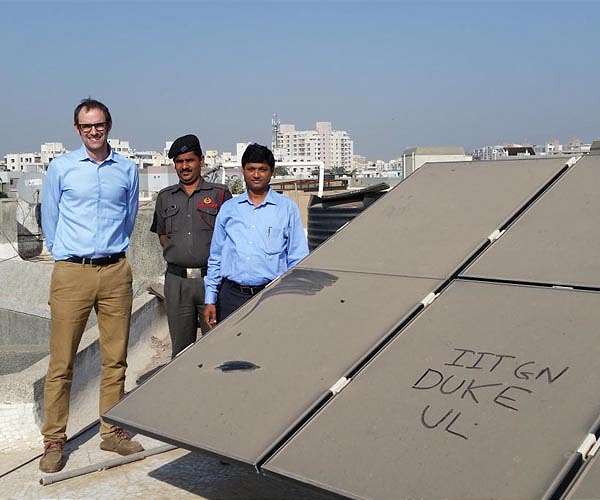New system offers early warning for dust storms to protect the solar power
A new predictive platform called Idust is ready to transform the prediction of the dust storm and to improve solar energy production in dust-sensitive regions. Idust has been developed by researchers from the Chinese Academy of Sciences and offers fast, fast fabric forecasts with a high resolution that can help reduce the current losses on solar farms, especially in dry zones.
The tool was founded under the leadership of Dr. Chen XI from the Institute of Atmospheric Physics and detailed in the Journal of Advances in Modeling Earth Systems (James).
“Duststorms not only block sunlight, but also accumulate on solar panels, which reduces their power.” Said Chen, the motivation behind the project. With the rapid expansion of China van Zonne installations in desert areas, the need for precise and timely dust prognoses has become increasingly urgent to prevent operational disruptions and entry shortages.
Traditional systems such as those of the European Center for Weather forecasts with medium-sized distance (ECMWF) often miss the spatial resolution and processing speed required for optimum solar planning. Idust encourages these restrictions by inserting dust -related dynamics directly into its prediction engine. This allows the system to generate predictions with a resolution of 10 kilometers-a four-fold improvement compared to previous models, while almost parity in the calculation tax is maintained. It is crucial that Idust can deliver 10-day predictions within six hours of first observations.
The effectiveness of Idust was put to the test on April 13, 2024, when it successfully followed a serious dust storm about Bayannur in Noord -China. Such storms can distort solar energy forecasts by no less than 25% if they are not justified, underlines the value of integrating dust modeling into energy planning.
Idust is designed for practical commitment and aims to help operators of solar energy and raster managers optimize the power production and reduce losses as a result of particles in the air. While China penetrates his objectives of carbon neutrality, innovations such as Idust will be central to achieving the reliability of sustainable energy.
Researchers are planning to expand the system for global application, so that other countries with desert-based solar assets can benefit from improved material forecast.
Research report:The efficient integration of dust and numerical weather forecast for applications for renewable energy

